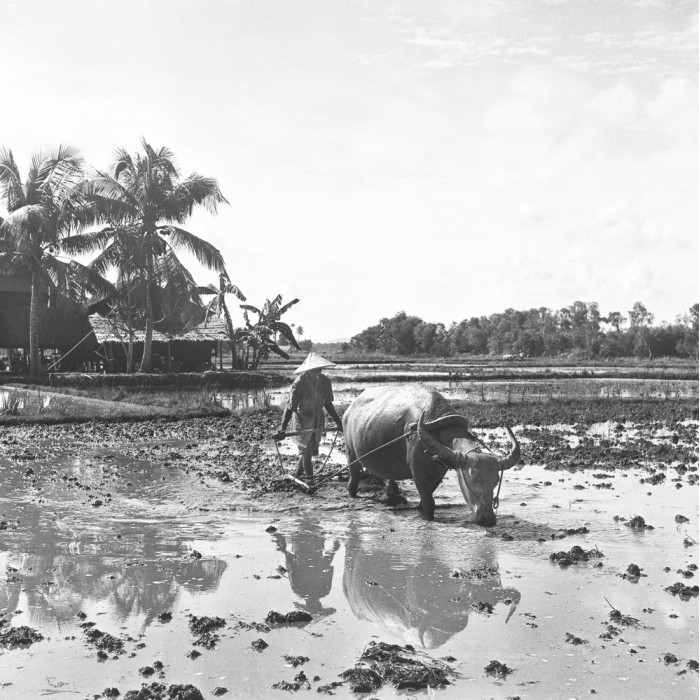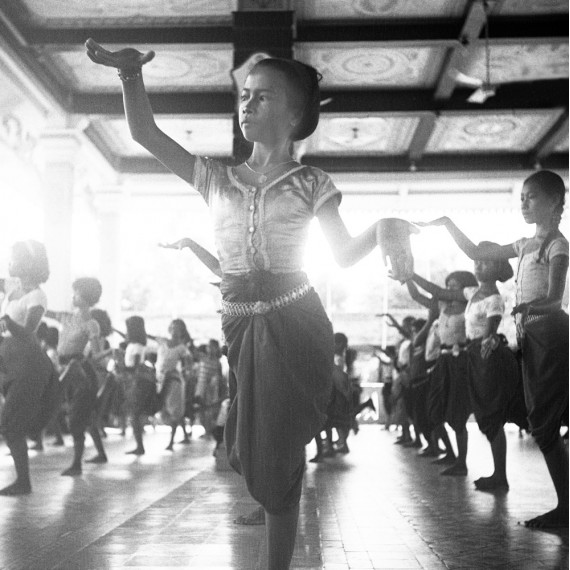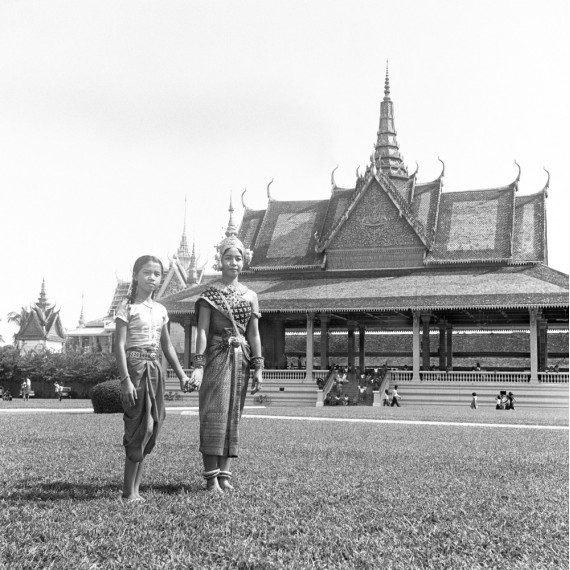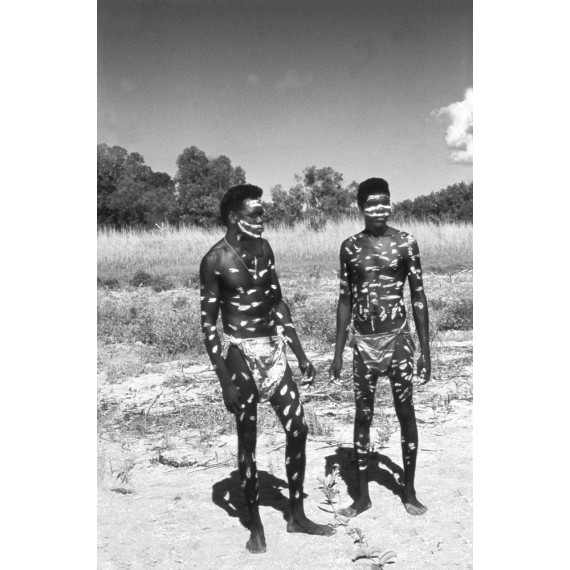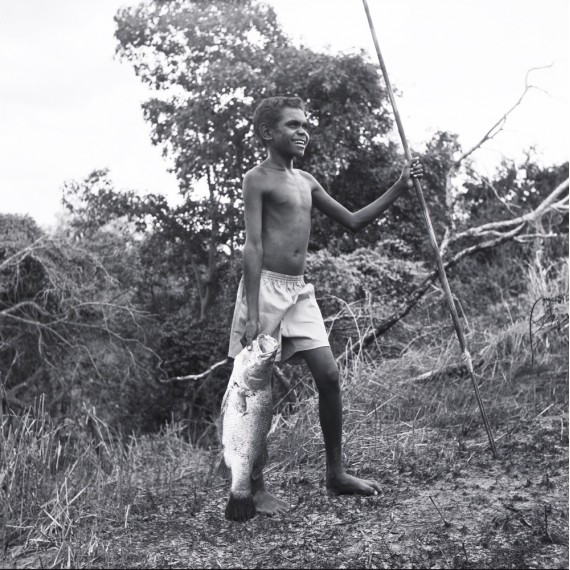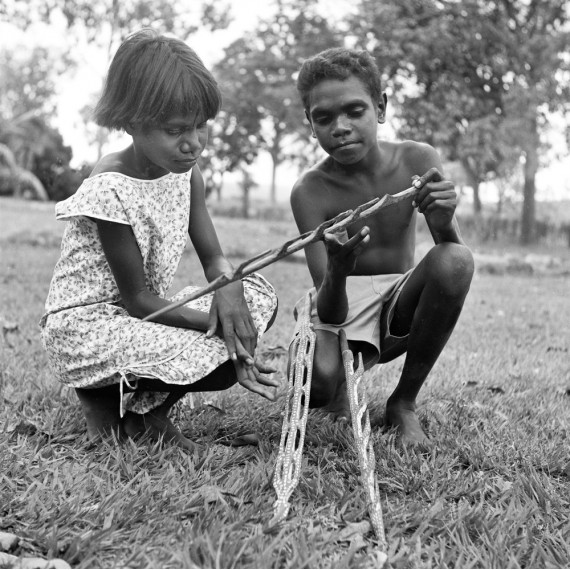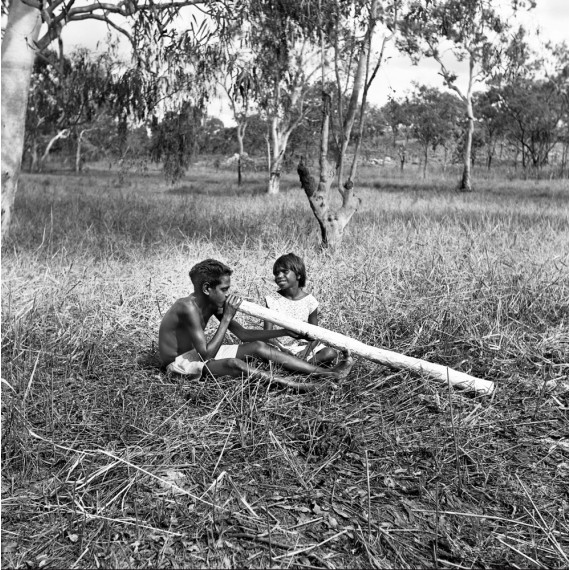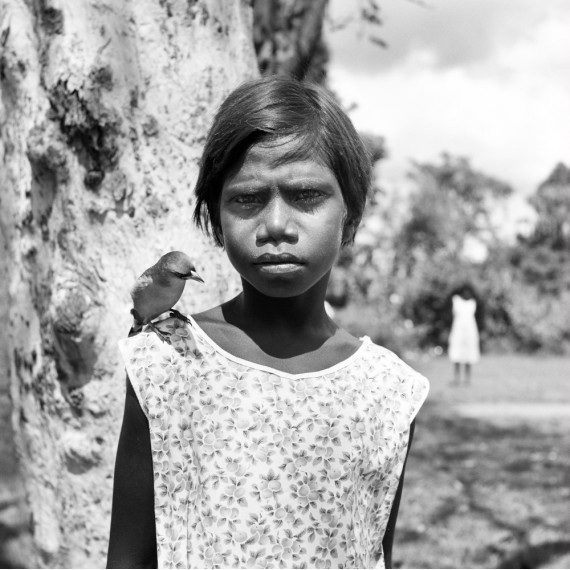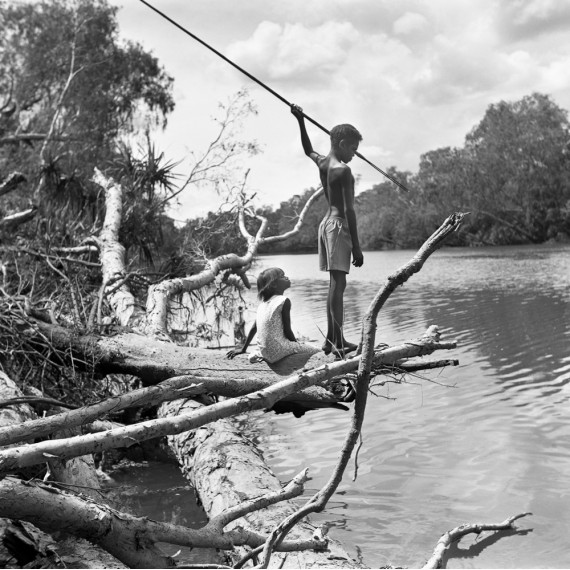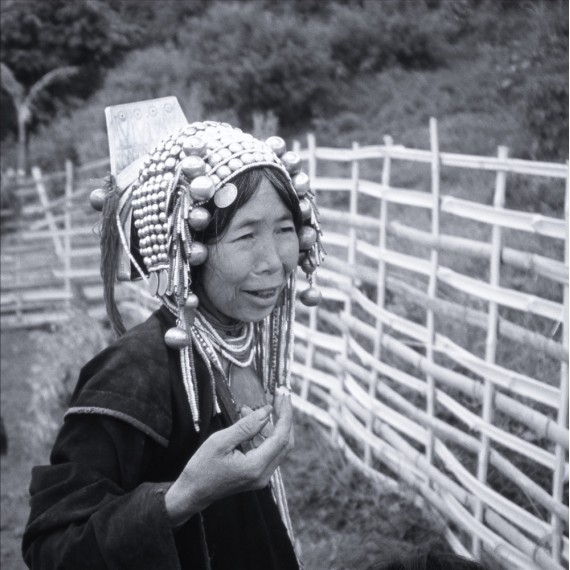Artist: Édith France LESPRIT
Series: Malaysia
Title: "Ploughing" – Malaysia
Technique: Photograph taken by Édith France Lesprit with a Yashica camera in 1975. Digitized by photographer Pascal Danot in 2011 and printed, hand-numbered and signed in pencil by Lesprit in a limited edition of 30 prints.
Signature: Signed on the mat
Limited Edition: Edition limited to 30 copies, numbered in pencil on the mat.
Dimensions: Photo dimensions without mat: 30 x 30 cm (11.8 x 11.8 inches)
Notes: The photograph is mounted under a white mat (40 x 40 cm), ready for framing. Certificate of authenticity included.
Description:
In this black-and-white photograph, Édith France Lesprit captures a moment of agricultural labor in Malaysia, 1975, with quiet precision and respect. The square format creates a balanced composition, placing the man, his water buffalo, and the plough at the center of a reflective, waterlogged rice field.
The contrast between the dark, muddy soil and the shimmering reflections of the sky creates a rich visual texture, adding both depth and stillness to the scene. The buffalo, a timeless figure of rural labor, moves slowly through the water, guided by the man whose bent posture expresses both physical effort and connection to the land.
In the background, palm trees, traditional houses, and a visible water pump root the image in a specific rural context, while also conveying a more universal view of humankind's relationship to nature and subsistence.
Lesprit’s approach avoids dramatization. Her perspective is humble, observant, and direct. Though the photograph stems from an ethnographic experience, it transcends documentation to offer a sensitive portrayal of a timeless way of life — rendered with clarity, simplicity, and quiet dignity.
Biography:
Édith France Lesprit was born in Paris in 1937. She studied ethnology in the United Kingdom. In 1964, she left for Asia. In 1965, she encountered the Iban tribe, with whom she lived for several months—a subject that became the basis of her thesis.
She later lived among several Asian tribes, documenting their lives through significant photographic work. In 1967, she met Mother Teresa in Calcutta. In 1975, she earned a degree in traditional Chinese medicine.
Between 1970 and 1980, she led many humanitarian missions with Mother Teresa’s missionaries in charity hospices in Tejgaon, Bangladesh, as well as with the Salesian Sisters. In 1976, she published Hell Where I Come From, a key testimony about Bangladesh, which won the Montyon Prize from the Académie Française.
In parallel, she wrote several young adult novels inspired by the tribes she encountered or her humanitarian work—some under the pseudonym Éric Lestier, others under her own name. In 1978, she received the Grand Prize at the 7th Azur Biennial for a book on Chinese medicine.
In the 1980s, she conducted humanitarian work in Cambodian and Laotian refugee camps in Thailand, sharing her insights worldwide. From 1990 to 2010, she trained "barefoot doctors" (locally trained nurses) in Ethiopia. She also supported leper colonies, bush clinics, orphanages, and AIDS care centers in Thailand, Cambodia, and Vietnam. Additionally, she engaged in rescue efforts for disabled animals near Bangkok.
She published an autobiographical novel in 2009, The Kingdom of Forgotten Gods, recounting her journey with the Iban of Borneo.
Today, she continues her humanitarian efforts worldwide, notably through the construction of a Khmer classical dance school in Cambodia:
“My project is to build a Khmer classical dance school for underprivileged girls, while also giving them an education and moral values linked to this tradition. The goal is to provide a dignified profession, which can help protect them from dangers such as prostitution, human trafficking, and forced labor. At the same time, it helps Cambodia reconnect with its past and cultural heritage, as Khmer dance is an essential part of its identity.”
She first exhibited her photographs in a gallery in 2011, at Galerie Roussard, during the "Tribes" exhibition.

